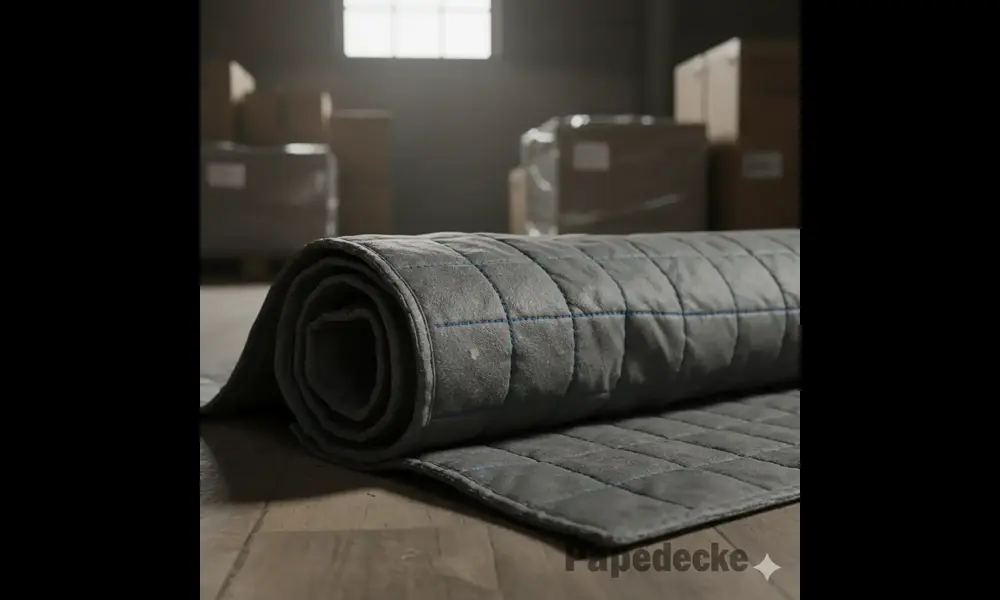In today’s world, where sustainability is no longer optional but essential, even small innovations can make a big difference. The Pappedecke — a simple cardboard lid — is one such innovation quietly transforming the packaging and foodservice industry. Though modest in appearance, this eco-friendly lid exemplifies the shift toward environmentally responsible practices, reducing plastic waste while maintaining functionality and convenience.
What is a Pappedecke?
A Pappedecke (German for “cardboard lid”) is a circular, flat lid made of sturdy cardboard, designed to cover various containers. Unlike conventional plastic lids, Pappedecke is biodegradable, recyclable, and often made from recycled materials, making it an ideal choice for businesses aiming to reduce their environmental footprint.
These lids are widely used in:
- Takeaway coffee cups
- Soup containers
- Ice cream tubs
- Bakery boxes and packaging for desserts
The versatility of Pappedecke ensures it fits multiple container sizes, providing practicality without compromising sustainability. Its simple design hides a significant environmental benefit, allowing businesses to align with eco-conscious consumer expectations.
Check Out Other related articles
- Crackstreams 2.0 – The Next Evolution of Free Sports Streaming Online
- Trucofax: Revolutionizing Digital Interaction and Personalization in the Modern Era
- Pappedecke: The Eco-Friendly Cardboard Lid Changing Packaging Standards
- Seekde: Transforming Search into Smart Discovery and Learning
- AVtub: The Next Frontier in Digital Content Creation
The Rise of Eco-Friendly Packaging
In recent years, there has been a global surge in demand for sustainable packaging. Factors driving this trend include:
- Environmental Awareness: Public concern over plastic pollution has pushed both companies and consumers to look for greener alternatives.
- Regulatory Changes: Governments worldwide are implementing stricter regulations on single-use plastics, prompting businesses to adopt recyclable or biodegradable options.
- Consumer Demand: Studies show that eco-conscious consumers are more likely to support brands that prioritize sustainability, making environmentally friendly packaging a marketing advantage.
The Pappedecke fits perfectly into this context, providing a low-cost, scalable, and sustainable alternative to traditional plastic lids while meeting consumer and regulatory demands.
Advantages of Using Pappedecke
Switching to Pappedecke offers several benefits for both businesses and the environment:
- Biodegradability: Unlike plastic, cardboard naturally decomposes, reducing landfill accumulation and pollution.
- Recyclability: Many Pappedecke lids can be recycled, contributing to the circular economy and reducing waste.
- Reduced Carbon Footprint: The production of cardboard generally requires less energy and emits fewer greenhouse gases compared to plastic manufacturing.
- Consumer Appeal: Businesses using eco-friendly packaging often enjoy enhanced brand loyalty and positive public perception.
- Cost-Effectiveness: Over time, investing in recyclable materials can reduce disposal costs and align with sustainable business strategies.
By integrating Pappedecke, companies not only meet environmental standards but also position themselves as responsible and forward-thinking brands.
Challenges and Considerations
While Pappedecke has numerous advantages, it comes with a few challenges:
- Durability: Cardboard lids may be less resistant to moisture or heavy liquid spills, requiring careful design to ensure a snug fit.
- Cost Variability: Some eco-friendly materials can be more expensive initially than conventional plastics.
- Consumer Education: Encouraging customers to adopt cardboard lids over plastic may require awareness campaigns, emphasizing the environmental benefits.
Addressing these challenges involves innovation in material science, quality assurance, and effective communication with consumers about sustainability practices.
The Future of Pappedecke in Sustainable Packaging
The potential for Pappedecke is promising, as it represents a small yet impactful step toward reducing single-use plastics. Future trends include:
- Material Innovation: Research into water-resistant and stronger cardboard can expand Pappedecke’s usability for various liquid-based products.
- Broader Industry Adoption: As more companies prioritize sustainability, Pappedecke could become the standard for disposable container lids across coffee shops, food delivery, and fast-casual dining.
- Consumer Awareness Campaigns: Educating users about eco-friendly packaging will further increase adoption rates and encourage environmentally responsible behavior.
In combination, these trends indicate that Pappedecke is not just a temporary solution but a long-term step toward sustainable packaging ecosystems.
Integrating Pappedecke Into Business Practices
For companies looking to implement Pappedecke:
- Source Quality Lids: Choose durable, well-fitted cardboard lids suitable for your product line.
- Train Staff: Educate employees on proper handling and application to maintain functionality.
- Promote Sustainability: Highlight the use of Pappedecke on packaging and in marketing campaigns to inform customers and enhance brand image.
- Monitor Feedback: Collect consumer feedback to continually improve usability and satisfaction.
By thoughtfully incorporating Pappedecke, businesses can combine eco-consciousness with practical benefits, appealing to environmentally aware customers.
Conclusion
The Pappedecke may appear simple, but its impact is profound. By replacing plastic lids with biodegradable, recyclable cardboard alternatives, it demonstrates that even small changes in packaging can contribute significantly to sustainability. As consumers and businesses continue to prioritize environmental responsibility, innovations like Pappedecke illustrate the power of smart, practical, and eco-friendly solutions.
Ultimately, the Pappedecke is more than a lid — it’s a symbol of modern sustainability in everyday products, reminding us that meaningful change often starts with simple, thoughtful choices.
